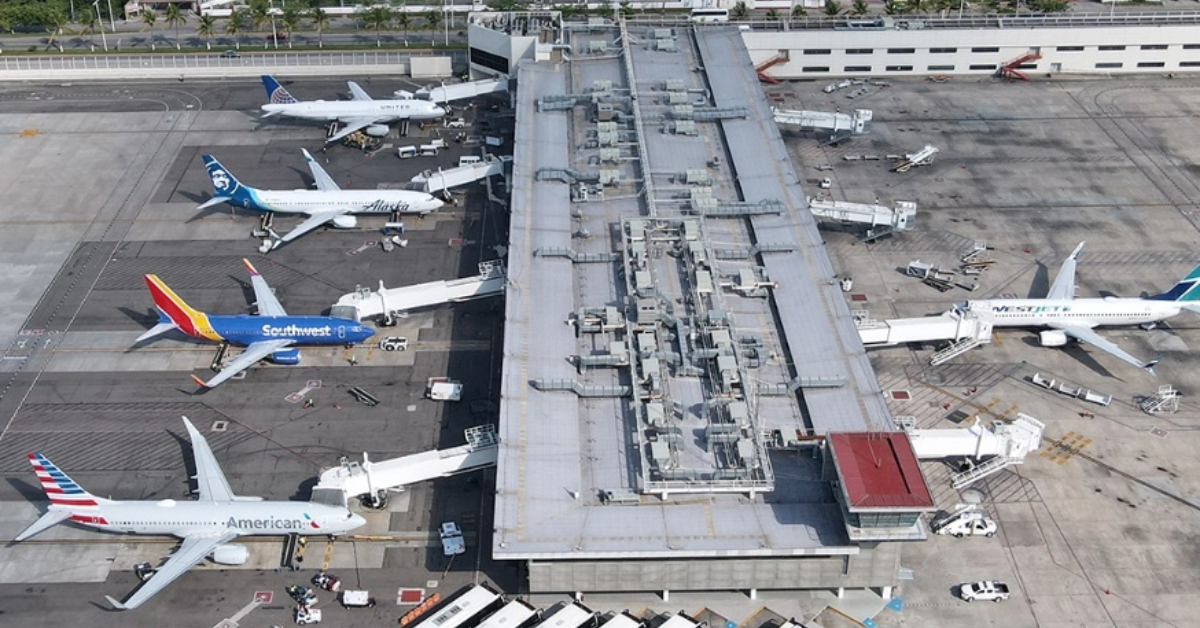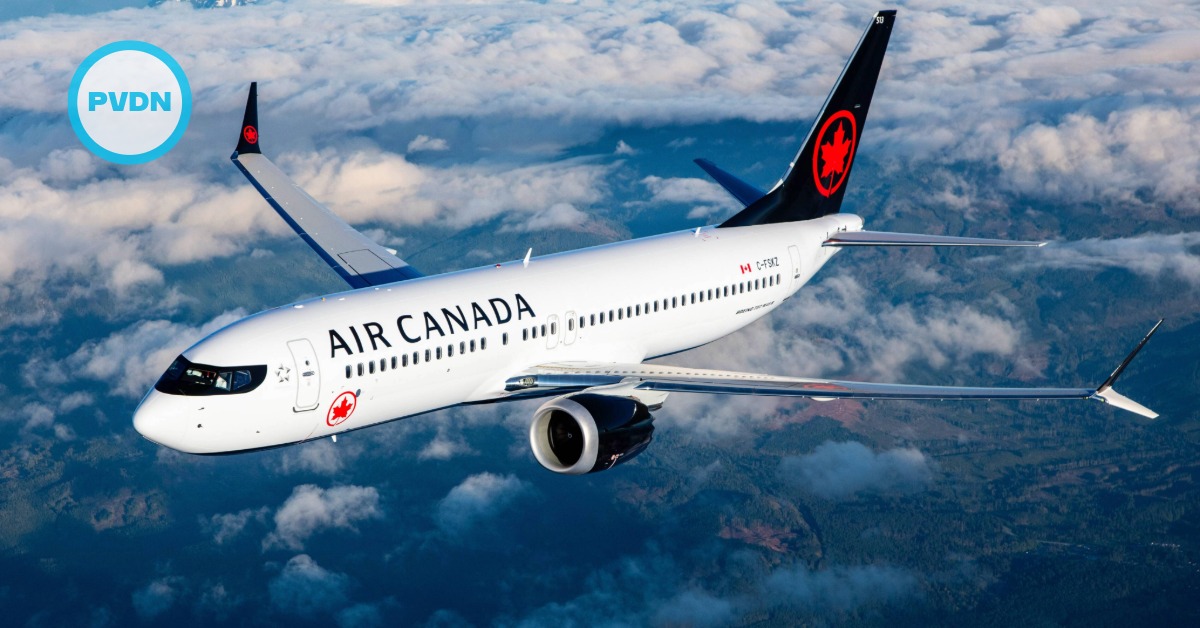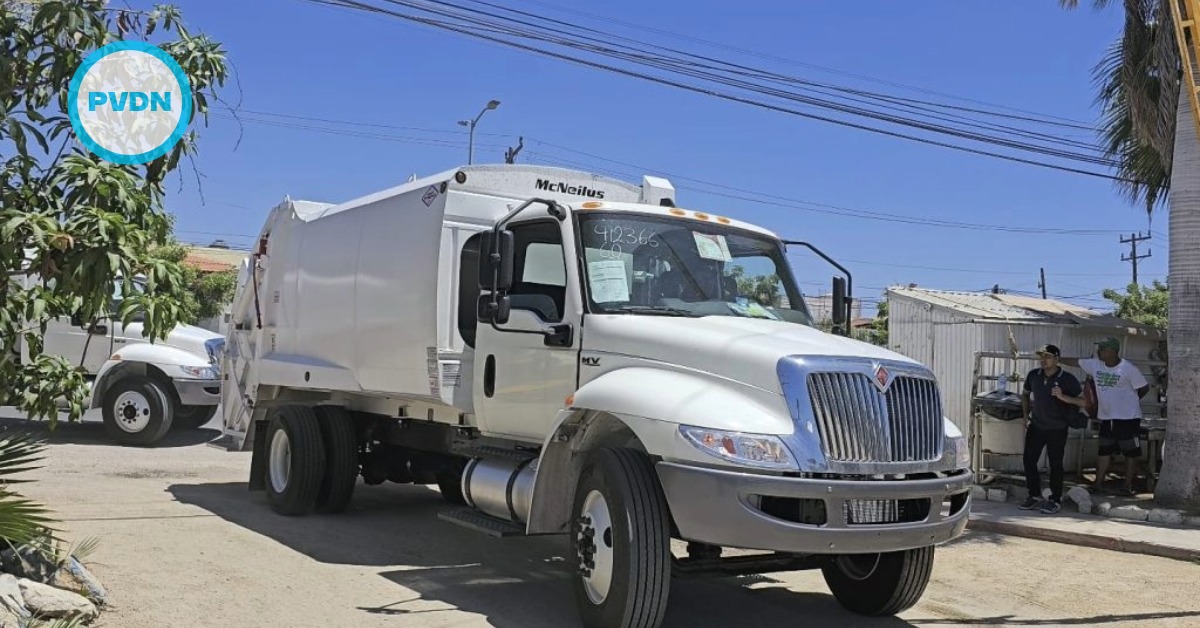International arrivals Puerto Vallarta May 2025 fell 9.1 percent year-over-year in May, marking the eleventh straight monthly decline despite gains in domestic travel.
Puerto Vallarta International Airport saw international arrivals fall 9.1 percent in May 2025 compared to May 2024, marking the eleventh consecutive month of declines. 236,100 passengers arrived on international flights last month, down from 259,600 in May 2024. That ongoing slide contrasts sharply with a steady increase in domestic travel, and underscores challenges for the region’s tourism sector.
Airport officials reported . . .






